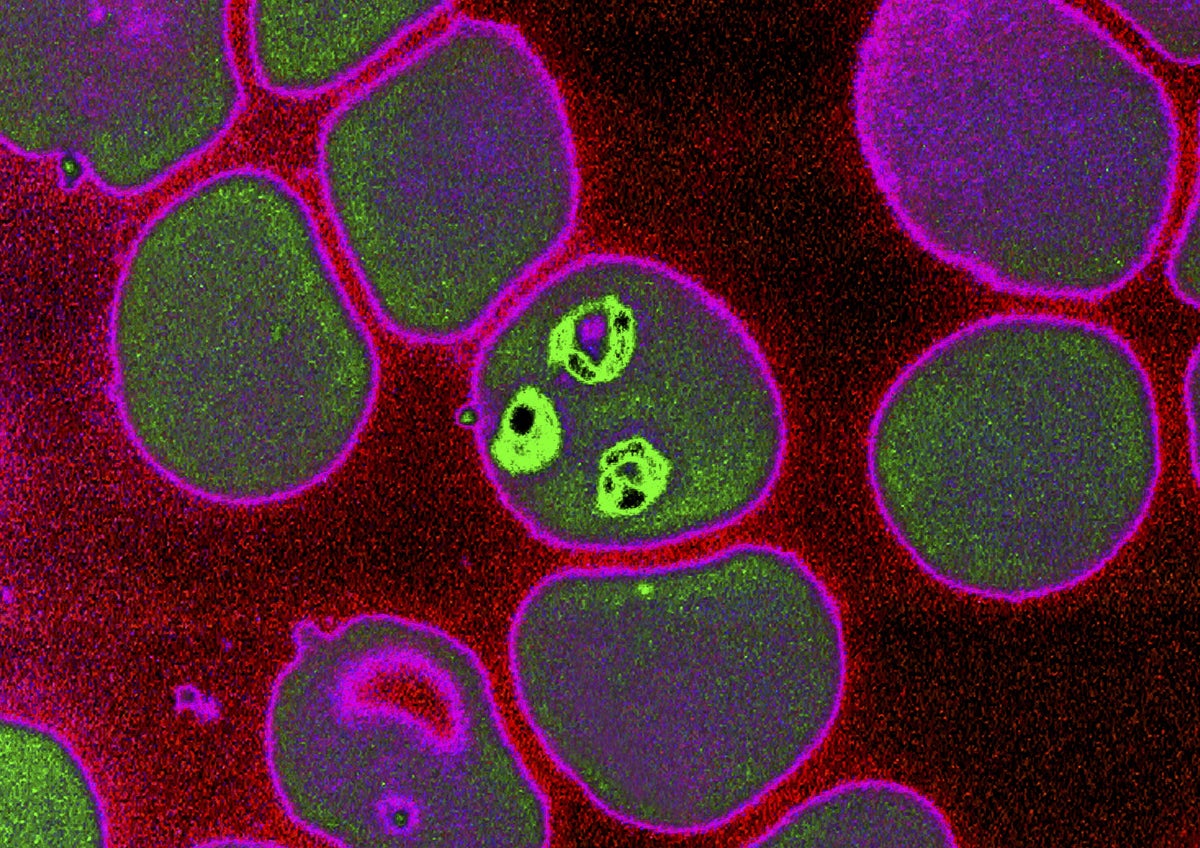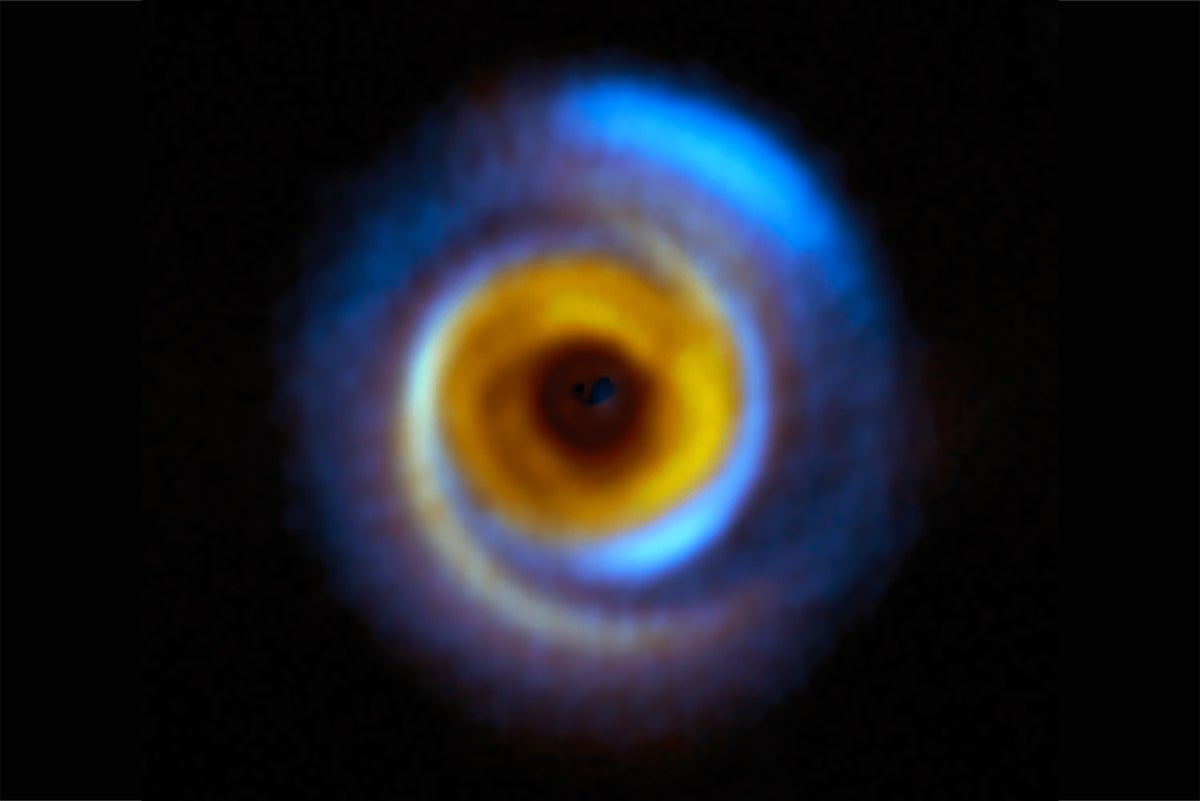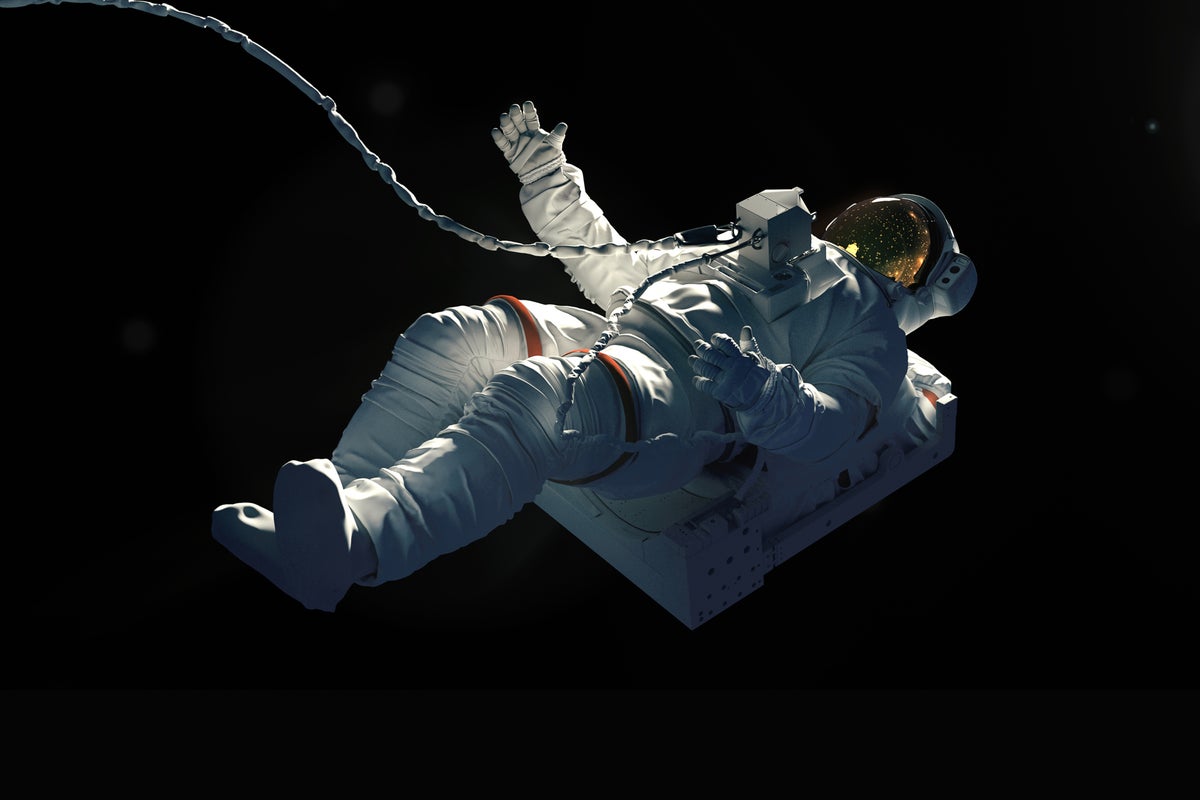In 2020, scientists detected a gas called phosphine in the atmosphere of an Earth-size rocky planet. Knowing of no way that phosphine could be produced except through biological processes, “the scientists assert that something now alive is the only explanation for the chemical’s source,” the New York Times reported. As “biosignature gases” go, the phosphine… Continue reading Doubts Grow About the Biosignature Approach to Alien-Hunting
Category: Quantum Stuff
Michel Talagrand Wins Abel Prize for Work Wrangling Randomness
Random processes take place all around us. It rains one day but not the next; stocks and bonds gain and lose value; traffic jams coalesce and disappear. Because they’re governed by numerous factors that interact with one another in complicated ways, it’s impossible to predict the exact behavior of such systems. Instead, we think about… Continue reading Michel Talagrand Wins Abel Prize for Work Wrangling Randomness
How Chain-of-Thought Reasoning Helps Neural Networks Compute
Your grade school teacher probably didn’t show you how to add 20-digit numbers. But if you know how to add smaller numbers, all you need is paper and pencil and a bit of patience. Start with the ones place and work leftward step by step, and soon you’ll be stacking up quintillions with ease. Problems… Continue reading How Chain-of-Thought Reasoning Helps Neural Networks Compute
A ‘Havana Syndrome’ Investigation in Congress Rests on Politics, Not Science
A ‘Havana Syndrome’ Investigation in Congress Rests on Politics, Not Science Lawmakers should look in the mirror if they want answers to who hyped dubious reports of Havana syndrome. Instead they are investigating the spy agencies telling them the truth about the mystery By Robert Bartholomew Cuban Flags fly in front of American Embassy. Credit:… Continue reading A ‘Havana Syndrome’ Investigation in Congress Rests on Politics, Not Science
Pregnancy and Childbirth Reshape the Brain in Profound, Sometimes Lasting Ways
How Pregnancy Changes the Brain A study of more than 100 new parents showed that pregnancy and birth cause changes in brain circuits that may be involved in empathy and bonding with the child By Gina Jiménez Credit: Cavan Images/Getty Images Being pregnant and giving birth changes a person’s brain, but the brain looks different… Continue reading Pregnancy and Childbirth Reshape the Brain in Profound, Sometimes Lasting Ways
Ancient Malaria Genome from Roman Skeleton Hints at Disease’s History
Ancient Malaria Genome from Roman Skeleton Hints at Disease’s History Genetic information from ancient Roman remains is helping to reveal how malaria has moved and evolved alongside people By Tosin Thompson & Nature magazine Malaria, an endemic disease caused by hematozoic parasites (Plasmodium falciparum) transmitted by the blood to humans through the bite of the… Continue reading Ancient Malaria Genome from Roman Skeleton Hints at Disease’s History
Math That Connects Where We’re Going to Where We’ve Been
Say you’re at a party with nine other people and everyone shakes everyone else’s hand exactly once. How many handshakes take place? This is the “handshake problem,” and it’s one of my favorites. As a math teacher, I love it because there are so many different ways you can arrive at the solution, and the… Continue reading Math That Connects Where We’re Going to Where We’ve Been
Astronomers Are Snapping Baby Pictures of Planets by the Dozen
Astronomers Are Snapping Baby Pictures of Planets by the Dozen Snapshots of a plethora of planet-forming disks offer more than just eye candy—they also reveal some fundamental aspects of how worlds are born By Phil Plait Dust swirls around the MWC 758 planet-forming disk, located about 500 light-years away from Earth in the Taurus region,… Continue reading Astronomers Are Snapping Baby Pictures of Planets by the Dozen
Most Astronauts Get ‘Space Headaches.’ Scientists Want to Know Why
Most Astronauts Get ‘Space Headaches.’ Scientists Want to Know Why Headaches are a common and recurring problem in space, even for astronauts that don’t experience them on Earth By Joanna Thompson Credit: Ignatiev/Getty Images Spaceflight can be a real headache—literally. Since the days of the Apollo program, astronauts have reported experiencing head pain during their… Continue reading Most Astronauts Get ‘Space Headaches.’ Scientists Want to Know Why
Fresh X-Rays Reveal a Universe as Clumpy as Cosmology Predicts
Clusters of hundreds or thousands of galaxies sit at the intersections of giant, crisscrossing filaments of matter that form the tapestry of the cosmos. As gravity pulls everything in each galaxy cluster toward its center, the gas that fills the space between the galaxies gets compressed, causing it to heat up and glow in X-rays.… Continue reading Fresh X-Rays Reveal a Universe as Clumpy as Cosmology Predicts




